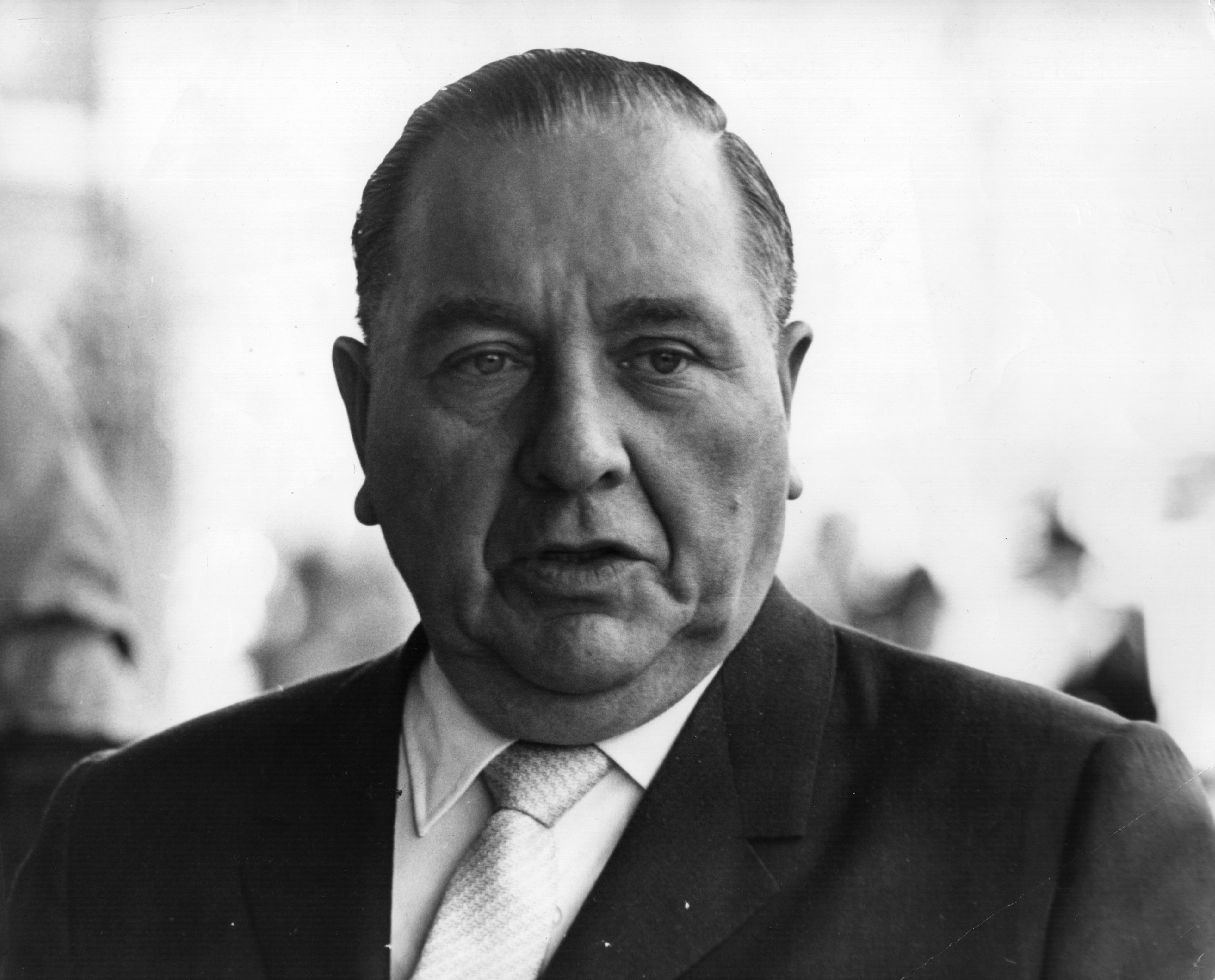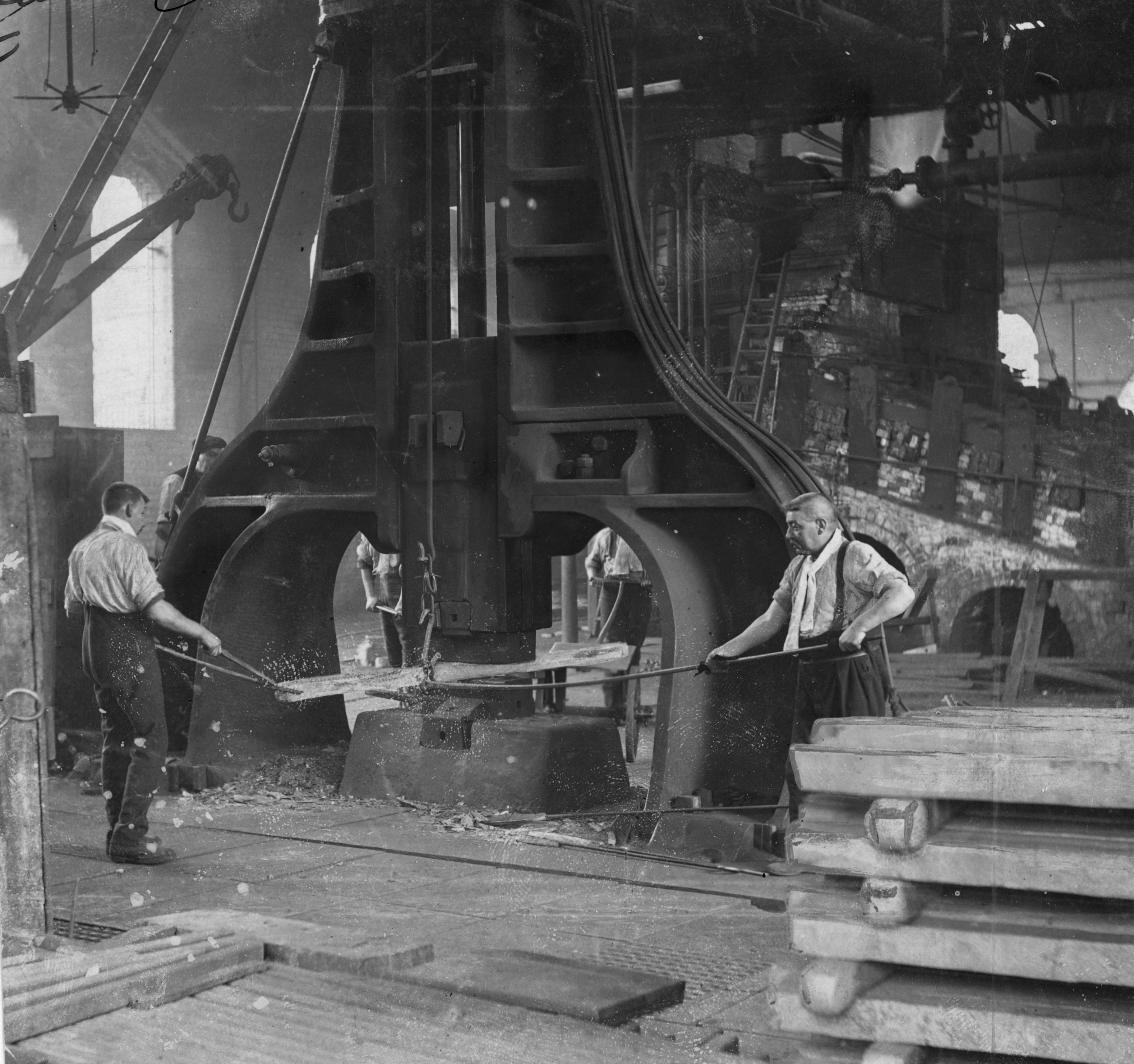A few years ago, I was sitting at the bar of Wrong’s Tap, a tavern in the Irish-American neighborhood of Beverly, watching a Bears game. Suddenly, a classic Chicago accent was hurled across the room.
“Hey,” someone shouted. “What are da squares for dis quarter?”
The Bears were losing 3–0, so the winning squares for the first quarter were zero and three. But that’s not exactly how the gray-haired guy holding the money expressed it.
“Ahh, zero and chree,” he announced.
There aren’t too many places in Chicago where you can still hear the accent parodied on Saturday Night Live‘s early 1990s “Bill Swerski’s Super Fans” sketches, but a sports bar in an ethnic neighborhood is one.
So is a fire station. Or on an emergency call to a plumber.
The “classic Chicago” accent, with its elongated vowels and its tendency to substitute “dese, dem, and dose” for “these, them, and those,” or “chree” for “three,” was the voice of the city’s white working class. “Dese, Dem, and Dose Guy,” in fact, is a term for a certain type of down-to-earth Chicagoan, usually from a white South Side neighborhood or an inner-ring suburb.
The thick-tongued Mayor Richard J. Daley (1902–1976), a South Side Irishman, was beloved for his heavy accent and misuse of English. “People from other parts of the country sometimes marveled that a politician who fractured the language so thoroughly could be taken so seriously,” Chicago newspaper columnist Mike Royko wrote in his obituary of Daley. “Well, Chicago is not an articulate town, Saul Bellow notwithstanding. Maybe it’s because so many of us aren’t that far removed from parents and grandparents who knew only bits and pieces of the language.”
Daley’s son, Mayor Richard M., who was mayor from 1989 to 2011, had his own syntactical challenges, once inviting the reporters who were scrutinizing him to “go scrooten yourselves.” Both Daleys called the city “Sh-CAW-go”—the old-school pronunciation.

(Photo by Keystone/Getty Images)
The classic accent was most widespread during the city’s industrial heyday. Blue-collar work and strong regional speech are closely connected: If you were white and graduated high school in the 1960s, you didn’t need to go to college, or even leave your neighborhood, to get a good job, and once you got that job, you didn’t have to talk to anyone outside your house, your factory, or your tavern. A regular-joe accent was a sign of masculinity and local cred, bonding forces important for the teamwork of industrial labor.
A 1970s study of Chicago steelworker families found that housewives were less likely than their husbands to say “dese, dem, and dose,” because they dealt with doctors, teachers, and other professionals. After the mills closed, kids went to college, where their teachers told them not to say “dese, dem, and dose,” and then they took office jobs requiring interaction with people outside the neighborhood.
The “Super Fans” sketches captured that accent, and the people who spoke it, at a poignant moment when both were ceasing to define what it meant to be a Chicagoan. The mid-1980s, when the Super Fans’ beloved coach Mike Ditka led “da Bears” to the Super Bowl, coincided with the closing of Wisconsin Steel and U.S. Steel. Chicagoese, as Royko called the dialect, was the language of hardworking, traditional, churchgoing, neighborhood-loyal people who had advanced from immigrant to middle class in two generations.
The classic Chicago accent is heard less often these days because the white working class is less numerous, and less influential, than it was in the 20th century. It has been pushed to the margins of city life, both figuratively and geographically, by white flight, multiculturalism, and globalization: The accent is most prevalent in blue-collar suburbs and predominantly white neighborhoods in the northwest and southwest corners of the city, now heavily populated by city workers whose families have lived in Chicago for generations.
It’s not heard at all in African-American neighborhoods on the South and West Sides, where they say “y’all” instead of “youse.” The Midwest has the nation’s most segregated cities—including Chicago—and, as a result, it also has the widest divergence between black and white accents. Isolated geographically by restrictive covenants, socially by taboos against intermarriage, and economically by relegation to the lowest-paying jobs, African Americans historically had little contact with white Chicago, and, for the most part, retained their Southern speech.
Beginning in the 1990s, Chicago became a regional business and financial capital, attracting college graduates from Ohio and Indiana who spoke a more neutral strain of Midwestern, as well as immigrants from the developing world. As what it means to be a Chicagoan changes, so does what a Chicagoan sounds like.
The Daleys’ successor, Rahm Emanuel, who was raised in the affluent suburb of Wilmette and then attended Sarah Lawrence College in New York, says “Shi-CAH-go” (as does Barack Obama, who, in fact, moved to Chicago in 1985 to organize in neighborhoods suffering from steel-mill closings). Emanuel speaks in the flat, deregionalized tones of a D.C. policy wonk, which he was for most of the 1990s and 2000s.
The same linguistic leavening has been occurring in Pittsburgh, Pennsylvania, another city that once boasted a robust steel industry and a much-parodied local accent. Pittsburghese developed among immigrant steelworkers from Poland, Bohemia, Hungary, and Croatia. Derisively called “Polacks” and “Hunkies” by Old Stock Americans, they sought a language and identity that would provide solidarity against nativist prejudice. This was reinforced by the labor struggles of the 1930s and ’40s, which inspired previously competitive ethnic groups to band together for economic advancement.

(Photo: Hulton Archive/Getty Images)
Pittsburghese was a dialect formed in a melting pot of languages. To traditional Scots-Irish phrases such as “jag” for thorn and “redd up” for clean were added “babushka” and “pierogi.” Pittsburghers who worked in the mills and drank Arn City beer while rooting for their Stillers were known as “Yinzers,” after the city’s unique second-person plural: “yinz,” a contraction of the Scots-Irish “you uns.”
The prototypical Yinzer was Myron Cope, the color man for Pittsburgh Steelers radio broadcasts from 1970 to 2005. Holding that job through five Super Bowl victories, he became the voice of Pittsburghese, describing the exploits of running back Jerome “The Bus” Bettis in an accent unintelligible to anyone outside western Pennsylvania. (“Oh, I’m tellin’ ya, that school’s aht,” Cope exulted when Bettis fought off three Seattle Seahawks defenders. “Da schoolbell rang. Da kiddies, dey all jumped ahn da bus and dere went da bus steamin’ aht of the schoolyard….”)
Sophie Masloff, Pittsburgh’s mayor from 1988 to 1994, emerged from the same early 20th-century, working-class Jewish milieu as Cope, and was similarly beloved for her sharp accent and her malapropisms. (She once called Bruce Springsteen “Bruce Bedspring.”) In an appreciation published on the 100th anniversary of her birth, the Pittsburgh Post-Gazette hailed Masloff as “Yinzer, Grandma, Mayor.”
Pittsburgh has changed dramatically since the 1980s. The Homestead Works, once the world’s largest steel mill, shut down in 1986, and was eventually replaced with a shopping mall. A city that once defined itself by ethnic identities, blue-collar labor, smoke, and steel, is increasingly a city of white-collar professionals working in education, medicine, and the arts. As fewer and fewer people speak Pittsburghese, the dialect has become a nostalgic totem of the city’s industrial heritage. The Yinzer accent is barely detectable in Pittsburgh’s current mayor, Bill Peduto, a Gen-Xer with a degree from Penn State University.
Once, in Pittsburgh’s Strip District, I met a rare 20-something Yinzer at a sports memorabilia shop—called, of course, Yinzers. He told me that a high school teacher had instructed him to say “you guys” instead of “yinz.” She was trying to beat the provincial local lingo out of him. But he was proud of his accent, and perplexed that even Pittsburghers thought it was incorrect. “I think it’s what makes us unique as a city,” he said. But then I heard this from a young woman grilling sandwiches at Primanti Brothers—as Pittsburgh an institution as there is: “We don’t say ‘yinz’; our parents say ‘yinz.'”
Like Chicago, Pittsburgh is a formerly blue-collar city that emerged from the Rust Belt rubble as a center of education and culture. And like Chicago, it now appreciates a mayor with a bit more polish than the politicians who connected to second- and third-generation ethnics toiling in the mills. Neither city produces steel anymore, and neither wants to.
Even if President Donald Trump’s recently announced tariffs revive the American steel industry, they won’t bring back the Dese, Dem, and Dose Guy or the Yinzer. Steel doesn’t require as many workers as it once did, as much a result of automation as foreign competition. “When I joined the company, it had 28,000 employees,” a former executive at an Indiana steel mill once told me. “When I left, it had between 5,000 and 6,000. We were making the same amount of steel, five million tons a year, with higher quality and lower cost.”
Trump justified his withdrawal from the Paris climate accord on the fact that “I was elected to represent Pittsburgh, not Paris.” Peduto responded by recalling the decades when Pittsburgh was so gloomy with smoke, it kept the street lamps lit 24-hours-a-day. “My city, which has finally bounced back from decades of industrial carnage,” he said, “will do all it can to promote its own environmental standards.”
There’s a conception that television leveled local accents, by bringing so-called “broadcaster English” into every home. I don’t think this is true. No one watched more television than the Baby Boomers, but their accents are much stronger than those of their children, the Millennials.
What’s really killing the local accent is education and geographic mobility, which became economic necessities for young Rust Belters after the mills closed down. But as blue-collar jobs have faded, so has some of our linguistic diversity.
This essay is adapted from the author’s book How to Speak Midwestern. It originally appeared on CityLab, an editorial partner site. Subscribe to CityLab’s newsletters and follow CityLab on Facebook and Twitter.




